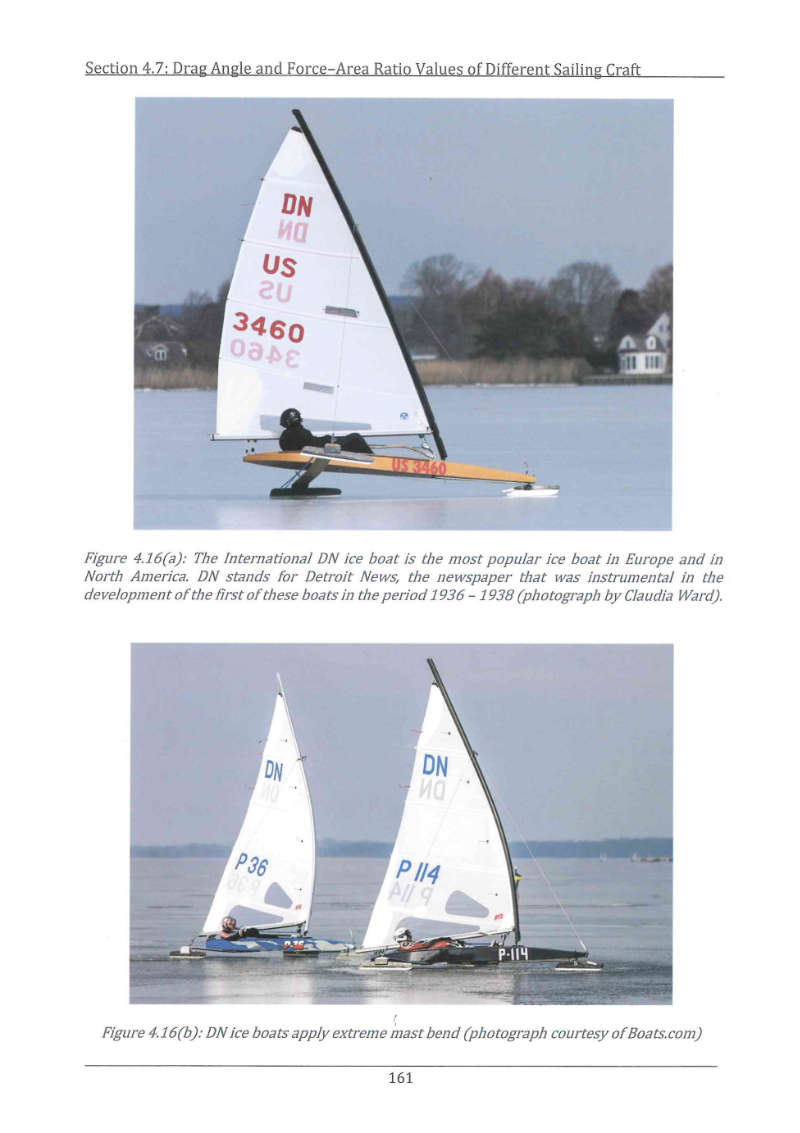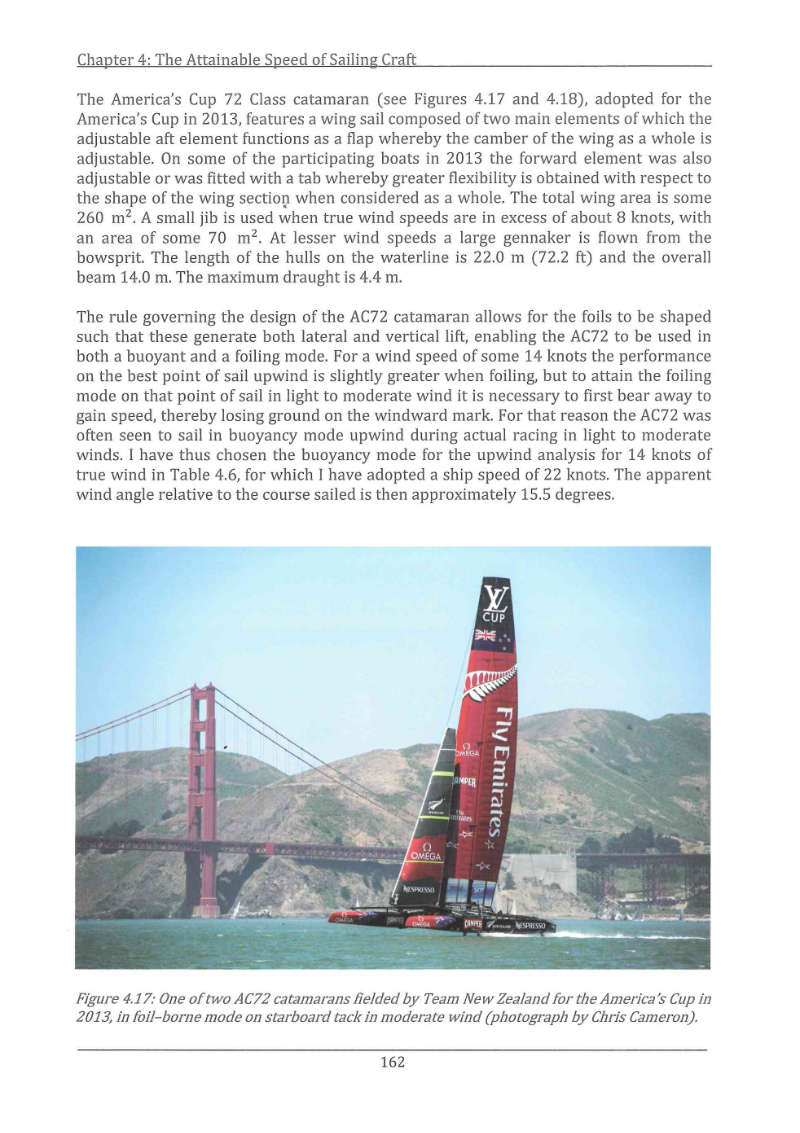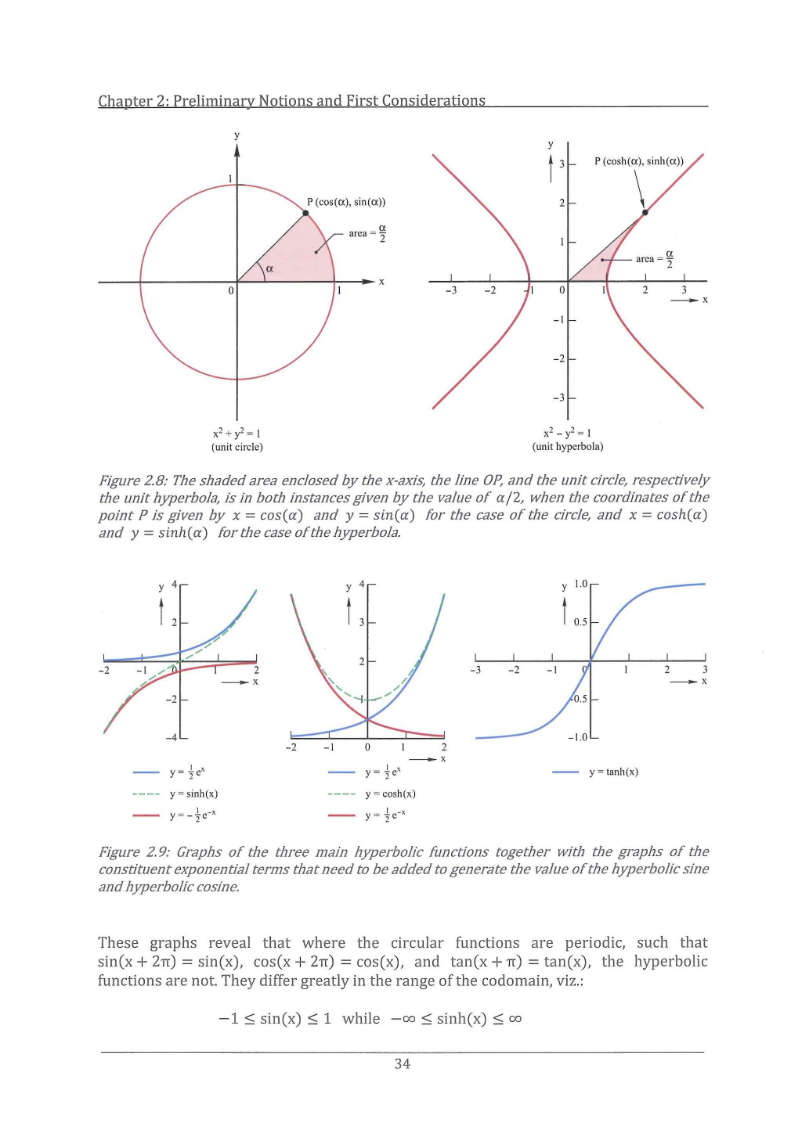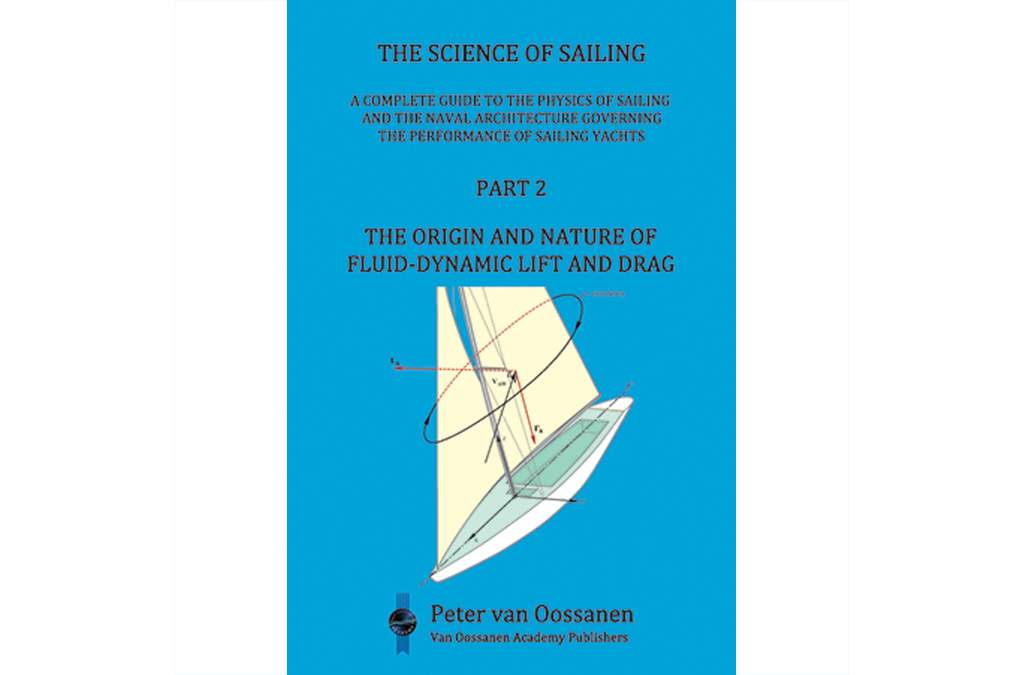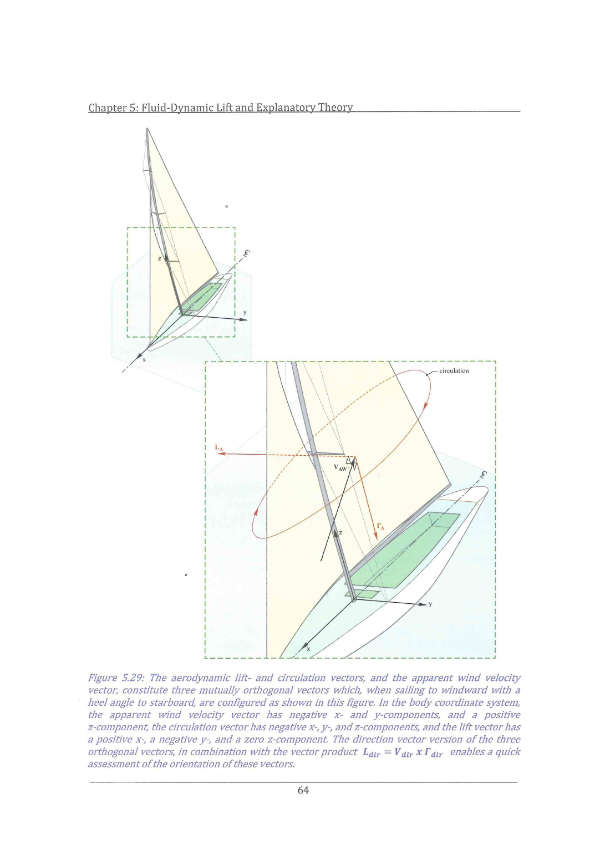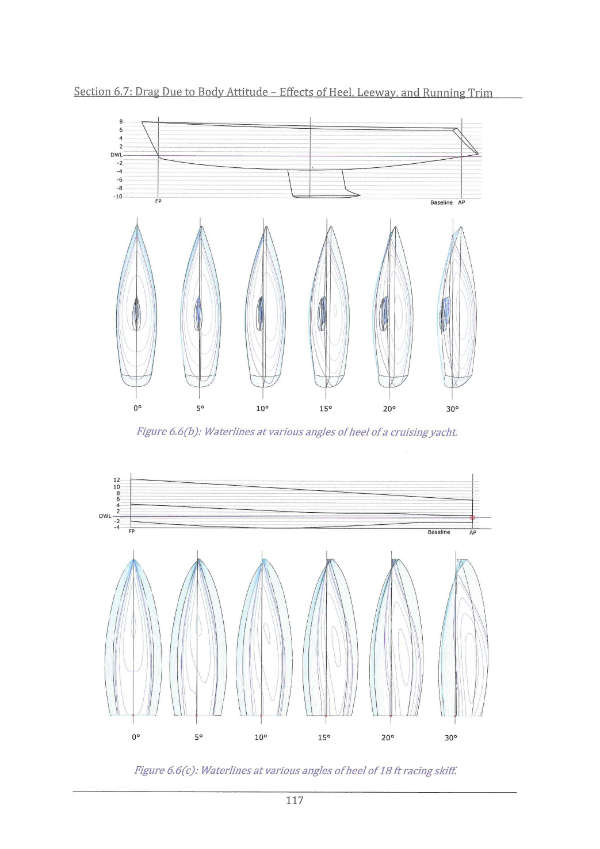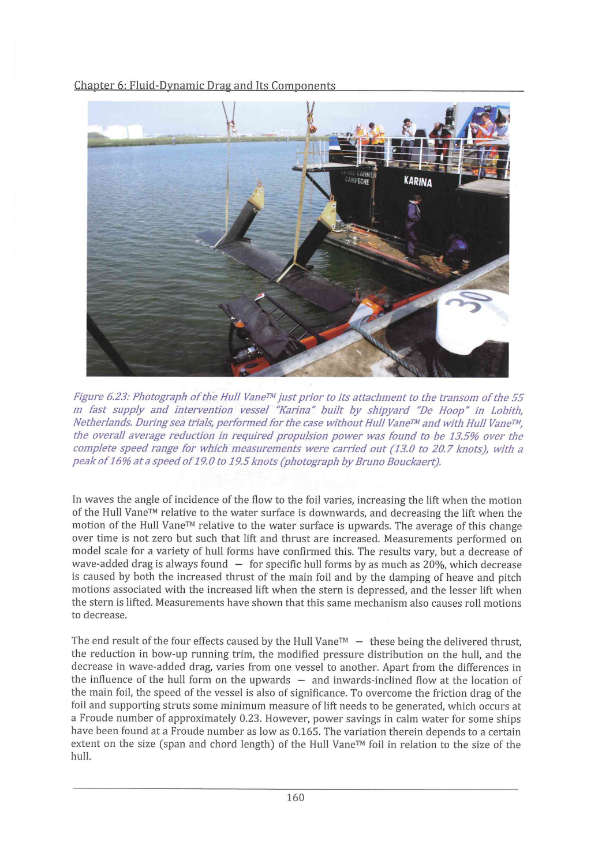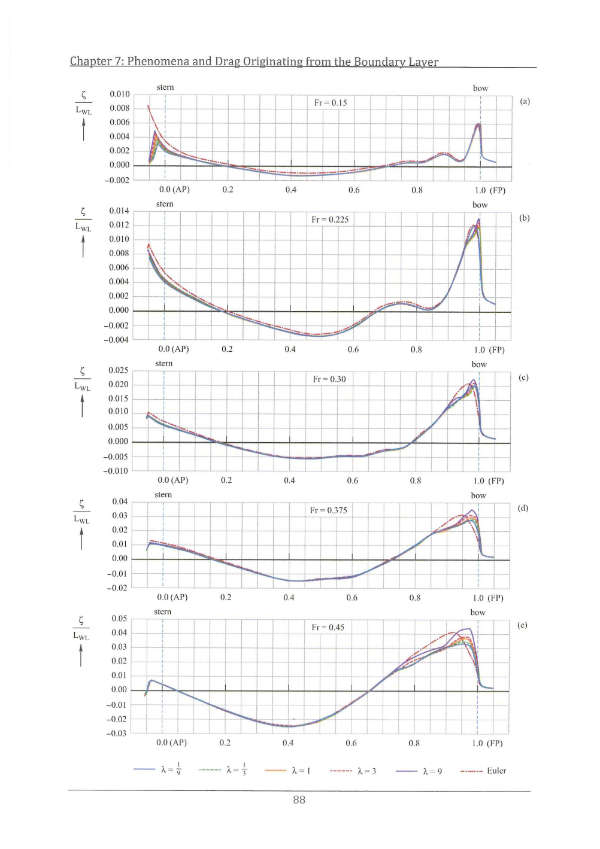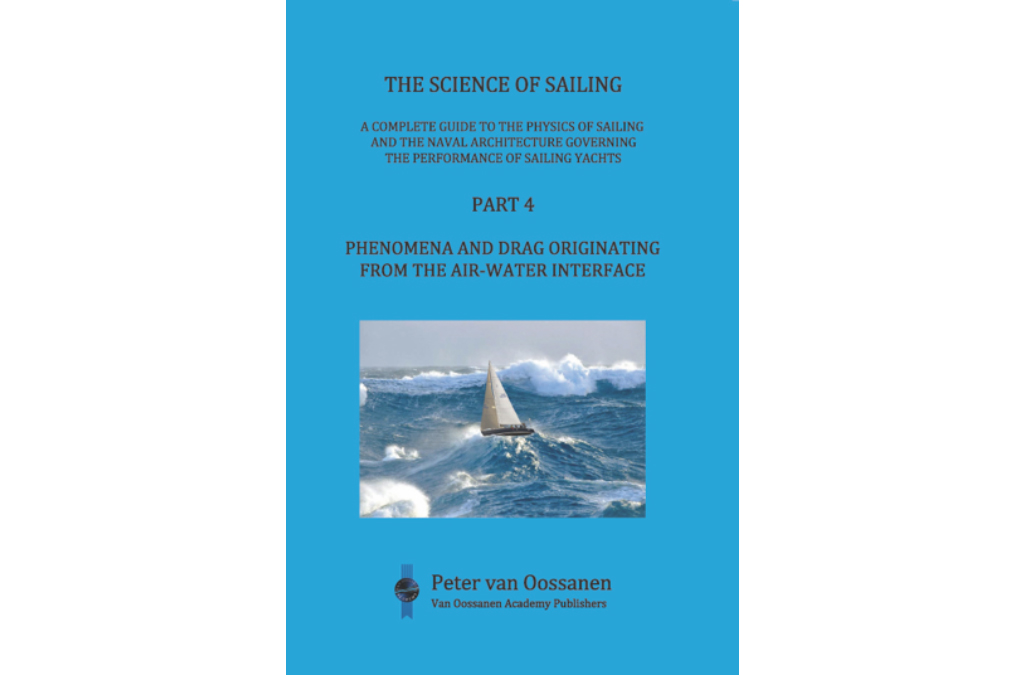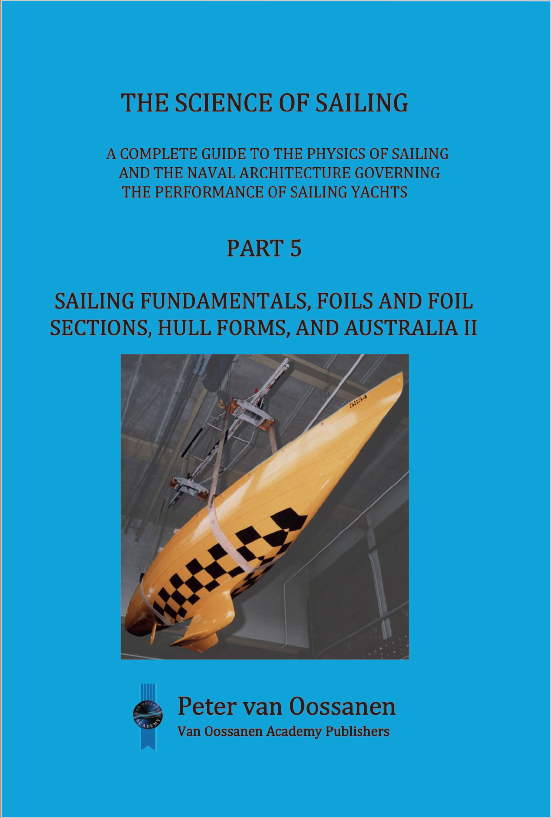The Science of Sailing
Our founder, Peter van Oossanen (or ‘Piet’ as we call him in Dutch), handed over the reins of the Van Oossanen group of companies to Perry van Oossanen and Niels Moerke on May 2012.
But that didn’t mean he left the world of boats, ships and yachts behind him. On the contrary, it gave him the opportunity to devote himself to a lifelong ambition – writing a book on his favourite subject: The Science of Sailing.
Now available in five parts – the ultimate reference work examining the intersection of hydrodynamics and aerodynamics – from hull to sail, from bow to stern, from theory to practical design:
- Part 1: “The Attainable Speed Under Sail”
- Part 2: “The Origin and Nature of Fluid-Dynamic Lift and Drag”
- Part 3: “Phenomena and Drag Originating from the Boundary Layer”
- Part 4: “Phenomena and Drag Originating from the Air-Water Interface”
- Part 5: “Sailing Fundamentals, Foils and Foil Sections, Hull Forms, and Australia II”
Special offers for students
Students enrolled at a college or university studying yacht design, naval architecture, marine science, or some other associated discipline, we offer the books with a 50% discount. Please send an e-mail with proof of your enrollment to info@vanoossanenacademy.nl.
We offer special discounts of up to 50% to Navalapp (navalapp.com) members and students. Check out our special Navalapp offers and apply for them on the following web page: navalapp.com/science-of-sailing-books/.
Prices exclude 9% VAT for orders originating in the Netherlands. For shipping information click here
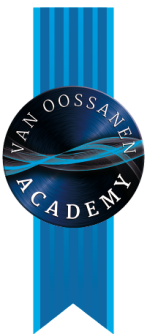
The Science of Sailing Part 1
€50.00
Ships that are partly or wholly dependent on the wind for their propulsion are unique in the sense that fluid dynamics plays a vital role in their design. Both aerodynamics and hydrodynamics, the science of the motion of air and water around bodies, determine the speed potential of a sailing craft. The flow of the wind around the sails, together with sail area, sail disposition and sail shape, determine the level of the propulsive force while the flow of water around the hull and the hull appendages, together with their size and shape, determine the level of the force resisting forward motion, and the force resisting sideways drift caused by the wind on the sails.
The Science of Sailing Part 2
€50.00
Equations were derived in Part 1 which revealed that the speed of sailing craft is primarily governed by the values of the aerodynamic- and hydrodynamic lift- and drag forces. It is thus important that those involved in the design of wind-powered boats, yachts, and ships, have a thorough understanding of the origin and nature of fluid-dynamic lift and drag and, furthermore, possess knowledge on how to obtain high levels of lift and low levels of drag.
The Science of Sailing Part 3
€50.00
Part 3 of the series “The Science of Sailing” is dedicated to the topic of viscous drag. Viscous drag is the prime component of hydrodynamic drag for most sailing craft (and most other boats and ships). Its assessment is still surrounded by notions and assumptions that are at best only partially correct – notwithstanding the fact that the study of this subject has been ongoing since William Froude presented his paper entitled: “The Fundamental Principles which Govern the Behaviour of Fluids, with Special Reference to the Resistance of Ships”, in 1875.
The Science of Sailing Part 4
€75.00
Part 4 of the series “The Science of Sailing” covers the phenomena and drag that arise from the fluidity of the water surface. Topics that are dealt with are wave causation, the wave pattern generated by the hull, wave drag, running trim and sinkage/rise, breaking waves, spray, wind-generated waves and spectra, motions of sailing yachts, wave-added drag, surfing behaviour, cavitation, ventilation, and the effects of limited water depth.
The Science of Sailing Part 5
€75.00
Part 5 of the series “The Science of Sailing” has been allotted to four distinct topics. The first of these is associated with force- and moment equilibrium and free moments—the basis for the calculation of the performance of sailing craft. The second deals with the lift, drag, and moment properties of foils and foil sections such as keels and rudders. The third covers the design and performance of different hull forms, and the fourth is my personal account of the design of “Australia II”, the yacht that won the America’s Cup in 1983.
Part 5 is the last book in the series.
Shipping information
We generally use PostNL for all our shipments. Costs depend on the total weight of your package and the country of destination. For shipments over 5 kg to destinations outside the Eurozone, we charge an additional shipping fee. We’ll send an additional payment link for this fee.
Delivery times vary from country to country between 1 and 30 work days. Of course, we’ll also send you the Track & Trace code for your package so you can follow its progress.
And please note we’ll only process your order once we’ve received your payment in full.
Drop us a line at info@vanoossanenacademy.nl if you have any queries about delivery times or shipping costs.


